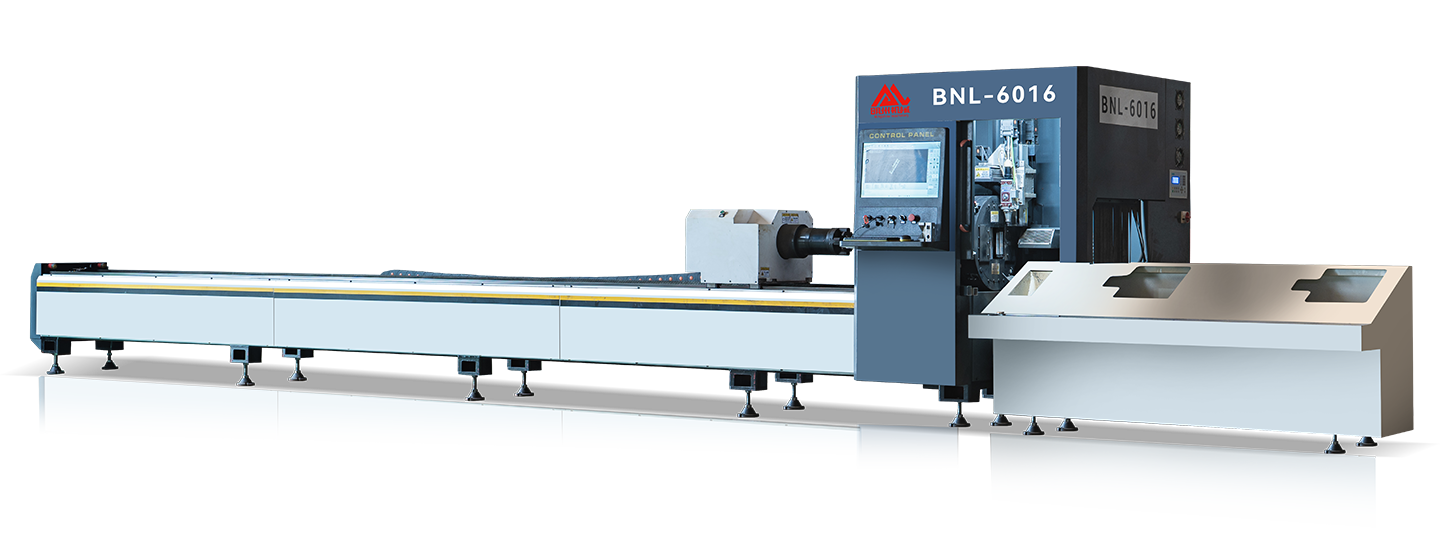Stainless Steel Plates for Kitchen Countertops: Features & Maintenance
Considering a kitchen upgrade but overwhelmed by material choices? You want professional-grade style and durability. Here’s why [stainless steel plates](https://cnmfy.com/product/) are the answer for a high-performance, modern kitchen.
**Stainless steel plates are a top choice for kitchen countertops due to their exceptional durability, non-porous hygienic surface, and modern aesthetic. They resist heat, stains, and corrosion, offering professional-grade performance and a sleek, timeless look for any kitchen.**
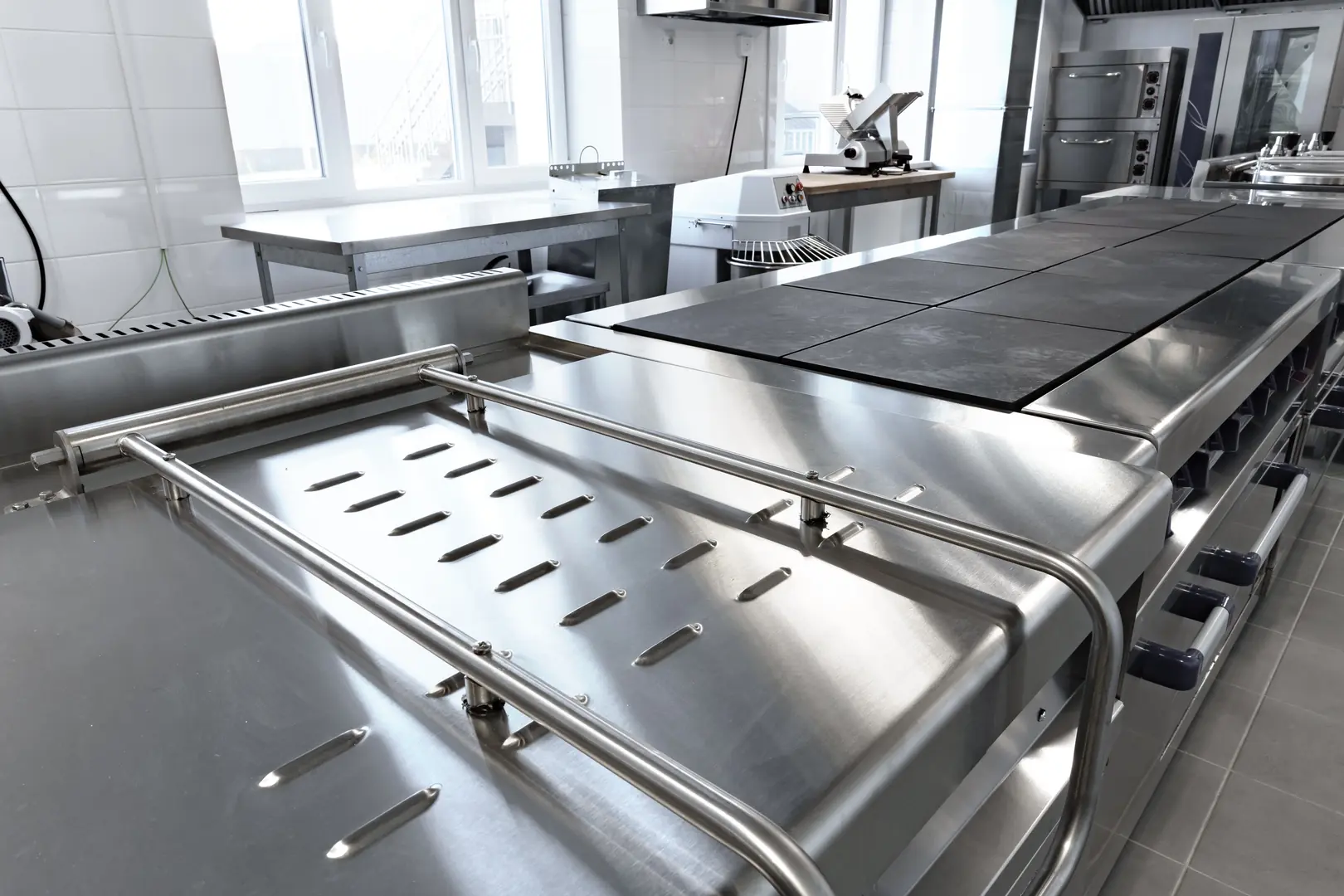
In my role as Global Business Director at MFY, I've seen countless materials come and go. Yet, stainless steel remains the gold standard, not just in commercial kitchens but increasingly in high-end homes. It's a material that signals a serious approach to cooking and design. But to truly appreciate its value, you need to understand its specific features, how it stacks up against alternatives, and how to properly care for it. Let's dive into the details you need to make an informed decision.
## What are the key features of stainless steel plates used in kitchen countertops?
Choosing a countertop is a huge decision. You need something that lasts, looks good, and is easy to keep clean. Stainless steel offers a unique combination of features.
Key features include superior durability, a non-porous surface that prevents bacteria growth, high resistance to heat and stains, and a modern, professional aesthetic. It's also a fully recyclable and sustainable material.
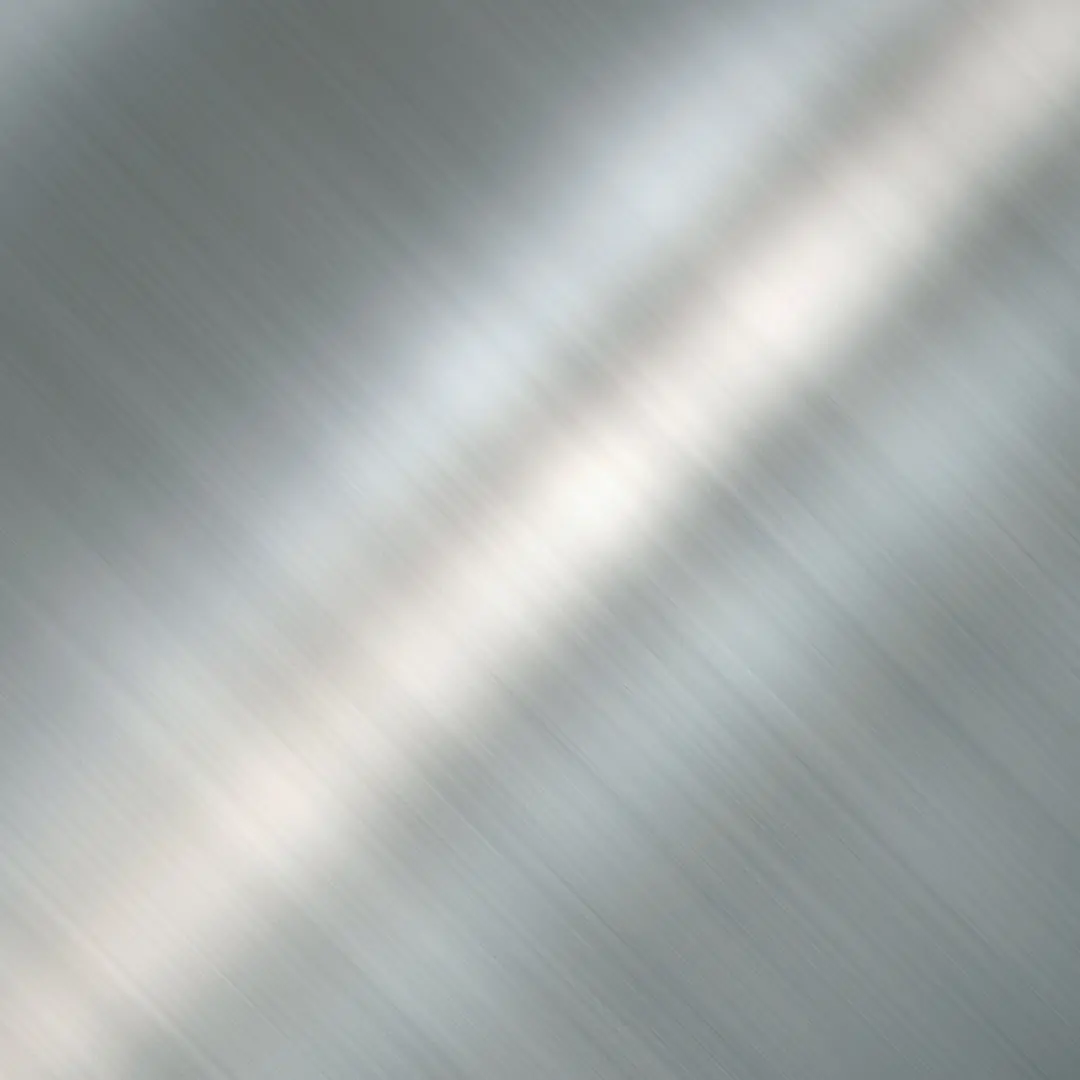
When we talk about stainless steel in the kitchen, we're discussing a material engineered for performance. It’s not just about the look; it's about creating a workspace that is as functional as it is beautiful. I remember a client, a passionate home chef in Italy, who was designing his dream kitchen. He wanted a surface that could handle hot pans, acidic spills from his tomato sauces, and rigorous daily use without showing wear. For him, stainless steel was the only logical choice. Its core features are what make it so compelling for both professionals and dedicated home cooks.
### Hygiene and Safety First
The number one reason stainless steel dominates commercial kitchens is its non-porous surface. Unlike granite or wood, there are no microscopic crevices where bacteria, mold, or viruses can hide. This makes it incredibly easy to clean and sanitize, ensuring a safe environment for food preparation. You can wipe it down, and you know it's clean. This is a level of assurance that other materials struggle to provide. This hygienic property is a direct result of its composition, typically a [chromium-nickel alloy](https://www.sciencedirect.com/topics/materials-science/nickel-chromium-alloys)[^1] that creates a [passive, non-reactive layer](https://www.besttechnologyinc.com/passivation-systems/what-is-passivation/)[^2] on the surface.
### Durability and Sustainability
Stainless steel is built to last. It is highly resistant to heat, meaning you can place a hot pot directly on the surface without worrying about scorch marks or damage. It also resists corrosion and staining from common kitchen acids like lemon juice or vinegar. Furthermore, as sustainability becomes a bigger factor in purchasing decisions, it’s important to note that stainless steel is one of the most recycled materials on the planet. It can be melted down and reformed without any loss of quality, making it a responsible, eco-friendly choice for the long term.
## How do stainless steel countertops compare to other materials in terms of durability and aesthetics?
Granite? Marble? Quartz? The choices are overwhelming. You need a clear comparison to see why professionals often default to steel. Let me break it down for you.
Stainless steel surpasses materials like wood in hygiene and heat resistance and is more durable than laminate. While granite is harder, steel won't crack or chip, offering a unique blend of resilience and modern style.

Choosing a countertop is a balancing act between budget, style, and practicality. Each material brings something different to the table. At MFY, we supply stainless steel for a vast range of applications, and I often have conversations with architects and designers about these trade-offs. The right choice depends entirely on the user's priorities. If you prioritize a sterile, heat-proof, and resilient work surface with a clean, industrial-chic aesthetic, stainless steel is nearly impossible to beat. It doesn't try to mimic natural stone; it has its own honest, functional beauty.
### A Head-to-Head Comparison
Let's look at a simple breakdown. The table below provides a high-level view of how stainless steel stacks up against some of the most popular countertop options on the market. This isn't about which one is "best" in a vacuum, but which is best for a specific set of needs—particularly those found in a busy kitchen environment.
| Feature | Stainless Steel | Granite | Quartz | Wood (Butcher Block) |
| ------------------- | --------------- | ----------------- | ----------------- | -------------------- |
| **Heat Resistance** | Excellent | Very Good | Good (can discolor) | Poor (can scorch) |
| **Hygiene** | Excellent | Good (if sealed) | Excellent | Fair (requires oiling) |
| **Stain Resistance**| Excellent | Good (if sealed) | Excellent | Poor |
| **Durability** | Resilient (dents) | Hard (can chip) | Hard (can chip) | Soft (scratches) |
| **Maintenance** | Low (shows prints) | Medium (sealing) | Low | High (oiling/sanding) |
| **Aesthetic** | Modern, Industrial | Natural, Classic | Uniform, Modern | Warm, Traditional |
As you can see, while granite is incredibly hard, it can chip or crack under sharp impact and requires periodic sealing to remain non-porous. Quartz is engineered for consistency but can be damaged by high heat. Wood offers a beautiful warmth but demands significant maintenance to prevent staining and bacterial growth. Stainless steel's unique advantage is its blend of top-tier performance in hygiene and heat resistance with a resilience that favors dents over catastrophic cracks or chips.
## What are the potential drawbacks of using stainless steel for kitchen countertops?
Worried about scratches and fingerprints? It’s a valid concern with stainless steel. But understanding these drawbacks is the first step to easily managing them. Let me explain.
**The primary drawbacks are its susceptibility to scratches, dents from heavy impacts, and showing fingerprints and water spots more easily. The uniform surface makes minor imperfections more noticeable than on patterned materials.**

Transparency is key in my business. I would never tell a client that stainless steel is a perfect, flawless material, because no such material exists. Its strengths are immense, but it's crucial to acknowledge its characteristics so that expectations are realistic. The main "drawbacks" are really just properties that require a slight adjustment in use and maintenance. A few years ago, we supplied countertops for a new restaurant chain. The owner called me after a month, concerned about the fine scratches appearing on the surfaces. I explained that this is part of the material's nature. Over time, these tiny scratches blend into a unique satin finish, a patina that tells the story of a well-used kitchen. He learned to see it not as damage, but as character.
### Managing Scratches and Dents
Stainless steel is not scratch-proof. Dragging heavy ceramic bowls or using it as a cutting board will leave marks. However, these are surface-level abrasions, not structural failures. For many, this developing patina is a desirable trait, much like the aging of a leather jacket. To minimize this, always use cutting boards and avoid abrasive scouring pads. Dents are also a possibility if a very heavy object, like a cast-iron skillet, is dropped from a height. This is why choosing the right thickness, or [gauge](https://cnmfy.com/food-grade-304-stainless-steel-plate-standards-specs-safety/)[^3], is so important. A thicker 14- or 16-gauge steel is far more resistant to denting than a thinner 18-gauge.
### The Fingerprint and Water Spot Factor
The sleek, reflective surface that makes stainless steel so attractive can also be a canvas for fingerprints, smudges, and water spots. This is particularly true for mirror-like finishes. The solution is twofold. First, choose a brushed or satin finish, as the fine lines in the grain are excellent at camouflaging minor smudges. Second, adopt a simple daily cleaning routine. A quick wipe-down with a microfiber cloth is often all that's needed. As suppliers, we at MFY see it as our responsibility to educate clients on these points, ensuring they choose the right finish and understand the simple upkeep required for long-term satisfaction.
## How can homeowners effectively maintain and clean stainless steel kitchen countertops?
Think stainless steel is hard to clean? It’s a common myth. With the right technique and simple products, keeping it pristine is surprisingly easy. Let’s cover the essentials.
**Effective maintenance involves daily wiping with a soft, damp cloth and mild soap. For a streak-free shine, clean in the direction of the grain and dry immediately. Avoid abrasive cleaners or steel wool.**
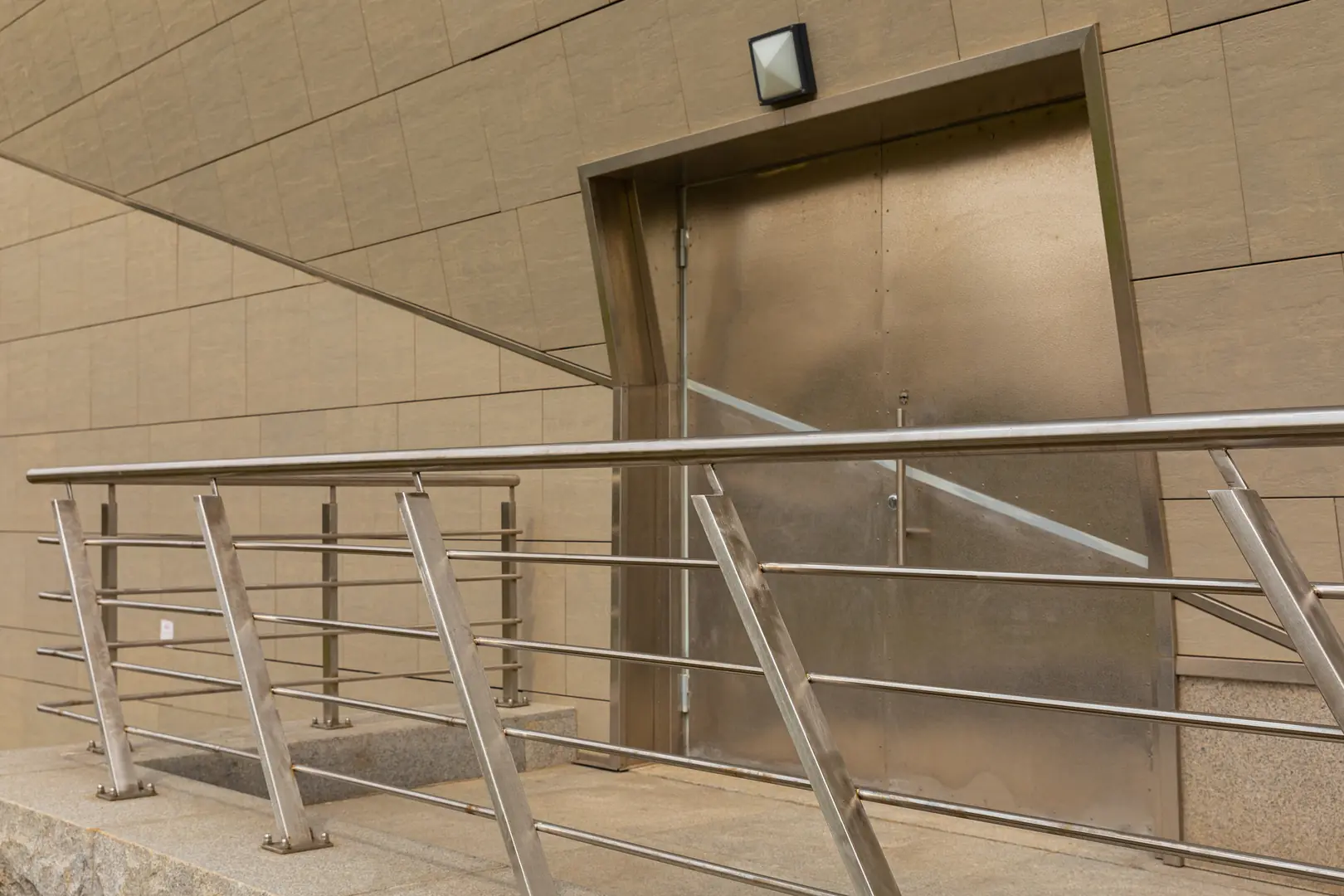
The secret to maintaining stainless steel is consistency and using the right tools. It’s not about harsh chemicals or intense scrubbing. In fact, that’s exactly what you should avoid. The goal is to work with the material, not against it. The most important tip I can give anyone is to always identify the direction of the "grain"—the faint lines visible on the surface—and always wipe and polish parallel to it. Wiping against the grain can create micro-scratches and cause smudges to settle into the grooves, making the surface appear dull.
### A Simple Cleaning Protocol
You don't need expensive, specialized cleaners. For 99% of situations, a few basic household items are all you need. Following a simple routine will keep your countertops looking brand new for years.
* **Daily Wipe-Down:** Use a soft microfiber cloth dampened with warm water and a drop of mild dish soap. Wipe in the direction of the grain.
* **Rinse and Dry:** After cleaning, rinse the cloth with clean water and wipe the surface again to remove any soap residue. Immediately dry the countertop with a separate, clean microfiber cloth to prevent water spots and streaks.
* **For Fingerprints:** A glass cleaner or a 50/50 solution of water and white vinegar can be sprayed onto a cloth (not directly on the counter) to remove stubborn fingerprints.
* **Polishing:** For an extra shine, you can apply a small amount of mineral oil or a dedicated stainless steel polish to a cloth and buff it into the surface, again, following the grain.
### Do's and Don'ts of Stainless Steel Care
| Do's | Don'ts |
| -------------------------------------------- | ------------------------------------------------------ |
| ✅ Clean regularly with a soft cloth | ❌ Use abrasive cleaners or scouring pads (steel wool) |
| ✅ Wipe in the direction of the grain | ❌ Let spills, especially acidic ones, sit for hours |
| ✅ Dry the surface immediately after cleaning | ❌ Use chlorine bleach or cleaners containing chloride |
| ✅ Use a cutting board for chopping | ❌ Drag heavy, rough-bottomed pottery across the surface |
## What are some recommendations for choosing the right stainless steel plate for kitchen use?
Not all stainless steel is the same. Choosing the wrong type can lead to disappointment. Let me guide you through selecting the perfect grade and finish for your project.
**For most kitchens, a Type 304 stainless steel is ideal due to its excellent corrosion resistance and durability. Choose a gauge (thickness) of 14 or 16 for residential use and consider a brushed finish to help hide fingerprints.**
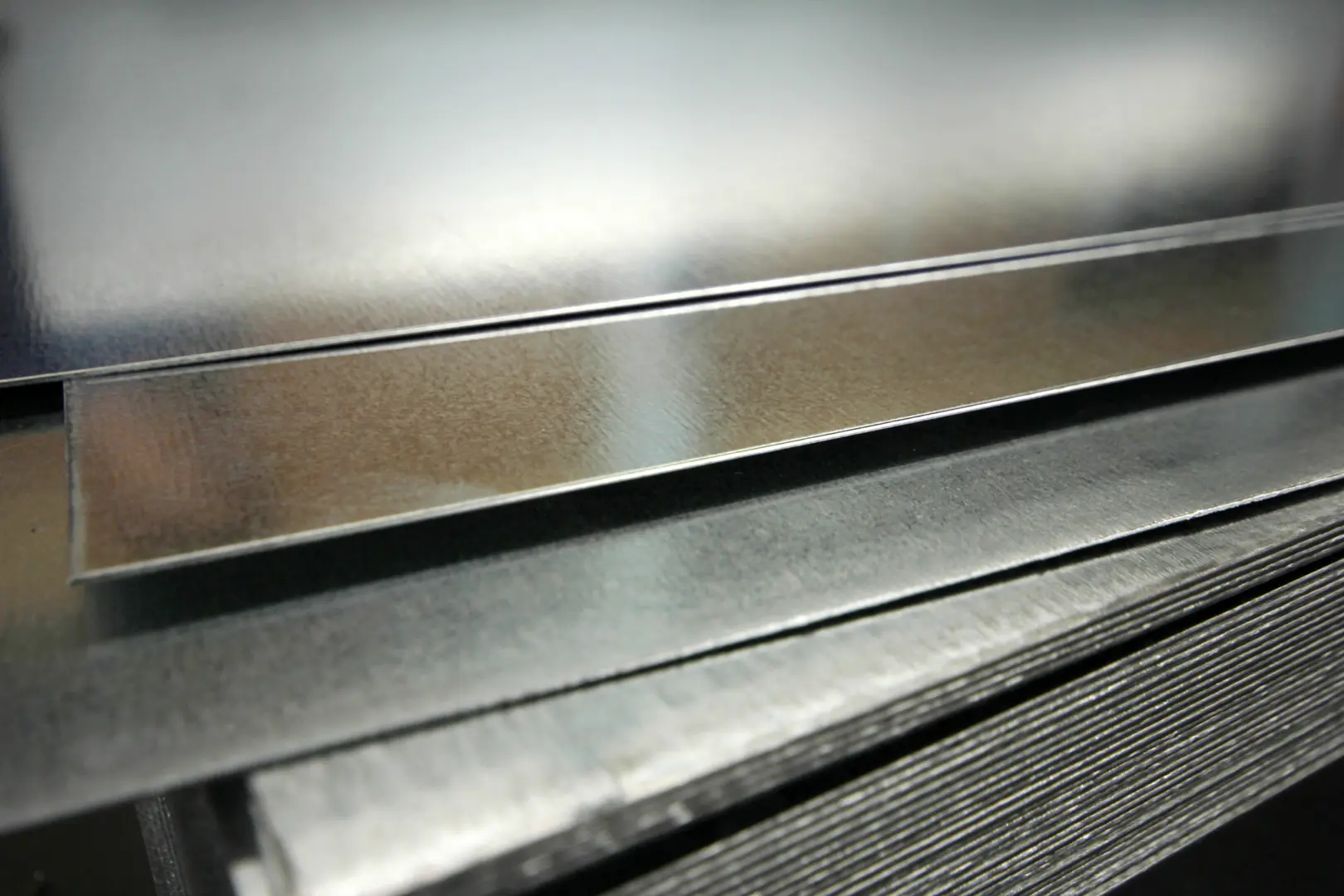
Making the right selection from the start is the most critical step. As a supplier, this is where MFY provides the most value to our clients. We don't just sell steel; we provide the expertise to ensure the material is perfectly suited for the application. For a kitchen countertop, three factors are paramount: the grade of the steel, its gauge (thickness), and the surface finish. Getting these three elements right ensures you get all the benefits we've discussed with none of the potential frustrations.
### Understanding Steel Grades and Gauges
The "grade" refers to the steel's composition. For food-related applications, **Type 304** is the industry standard. It contains 18% chromium and 8% nickel, which gives it superior resistance to rust and corrosion. You might see Type 316 mentioned, which has added molybdenum for even greater corrosion resistance, but this is typically overkill and more expensive, reserved for marine or harsh chemical environments.
The "gauge" is the thickness of the steel. The rule here is counterintuitive: the lower the gauge number, the thicker the steel.
* **14 Gauge (1.9mm):** Heavy-duty, common in commercial kitchens. Very resistant to dents.
* **16 Gauge (1.5mm):** The ideal choice for most high-end residential kitchens. A perfect balance of durability and cost.
* **18 Gauge (1.2mm):** Lighter and less expensive. Suitable for backsplashes or low-impact areas, but more prone to denting as a primary work surface.
### Selecting the Perfect Finish
The finish impacts both the look and the daily maintenance of your countertop.
| Finish | Description | Pros | Cons |
| ------------- | ------------------------------------------------------ | ------------------------------------------- | --------------------------------------- |
| **Brushed (#4)** | The most common finish, with fine, parallel lines. | Hides fingerprints and minor scratches well. | Has a directional grain to follow when cleaning. |
| **Satin** | Smoother than brushed, with a softer, less reflective look. | Elegant appearance, easy to clean. | Can show smudges more than a brushed finish. |
| **Mirror** | Highly polished and reflective, like a mirror. | Striking, high-end look. | Shows every fingerprint, scratch, and smudge. |
For most people, a #4 brushed finish on a 16-gauge, Type 304 stainless steel plate is the winning combination for a beautiful, durable, and relatively easy-to-maintain kitchen countertop.
## Conclusion
Stainless steel offers a powerful combination of professional-grade durability, unmatched hygiene, and timeless modern style. While it requires mindful maintenance to manage scratches and fingerprints, understanding its properties and choosing the right specifications makes it an unbeatable long-term investment for any serious kitchen.
Have Questions or Need More Information?
Get in touch with us for personalized assistance and expert advice.
